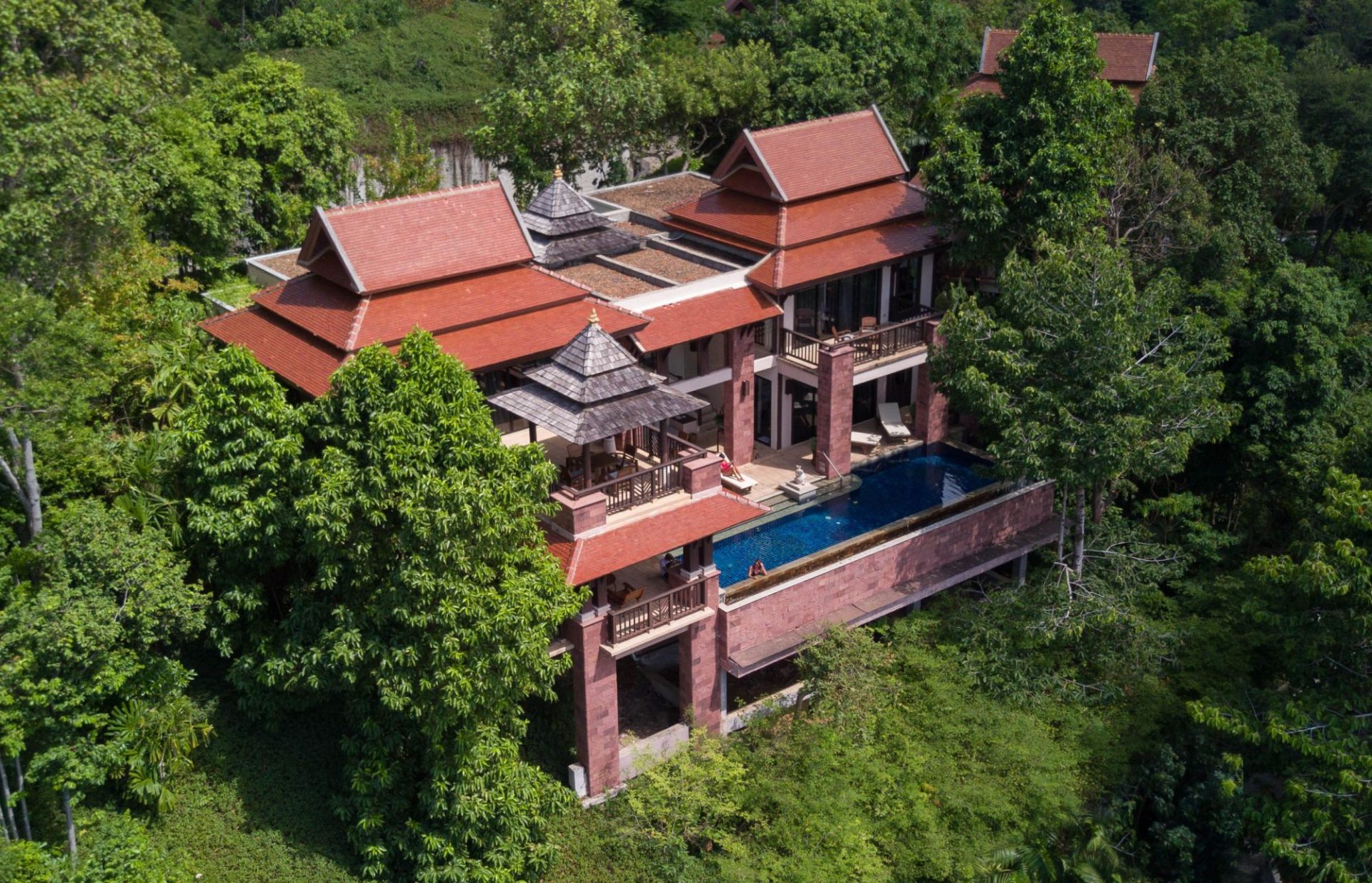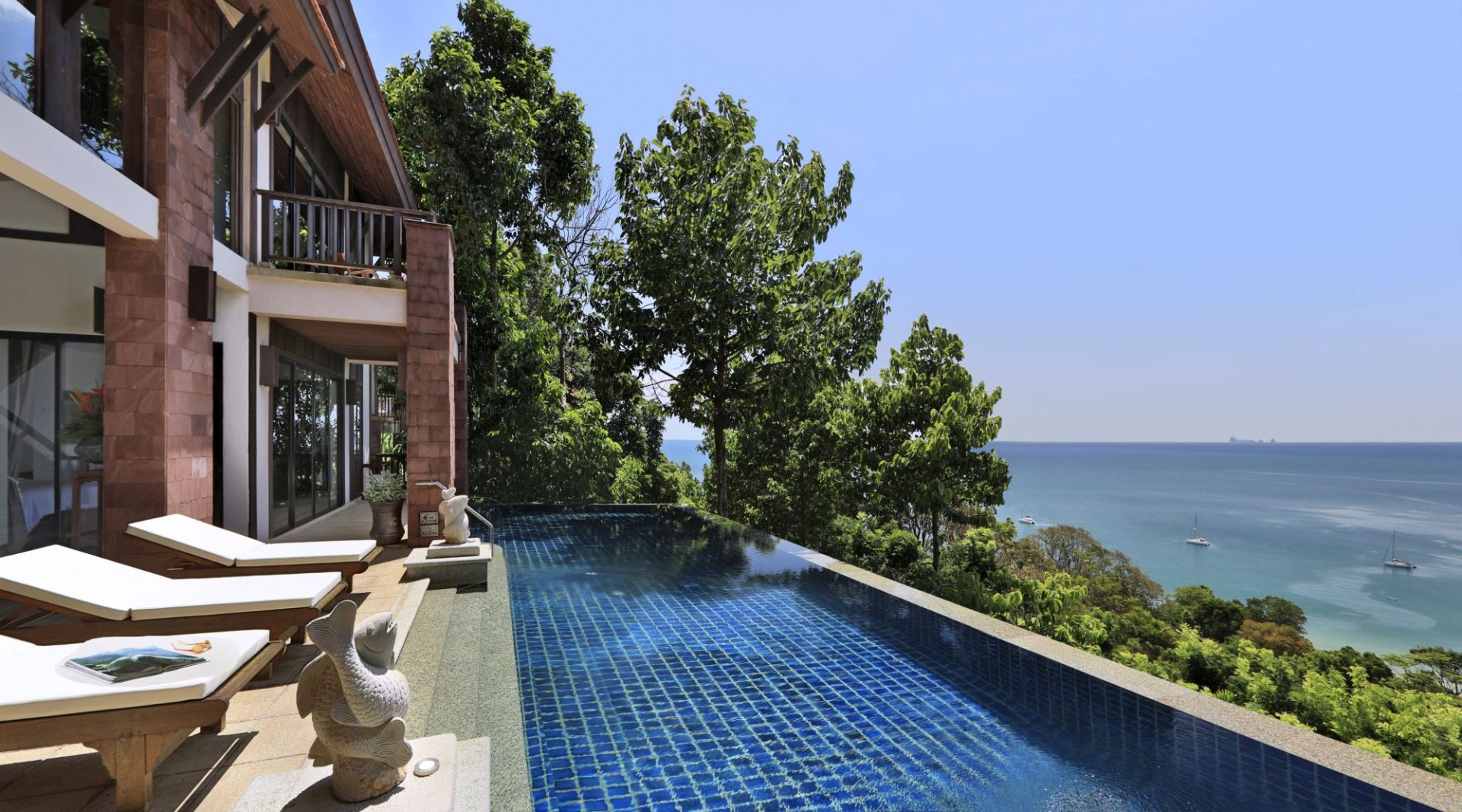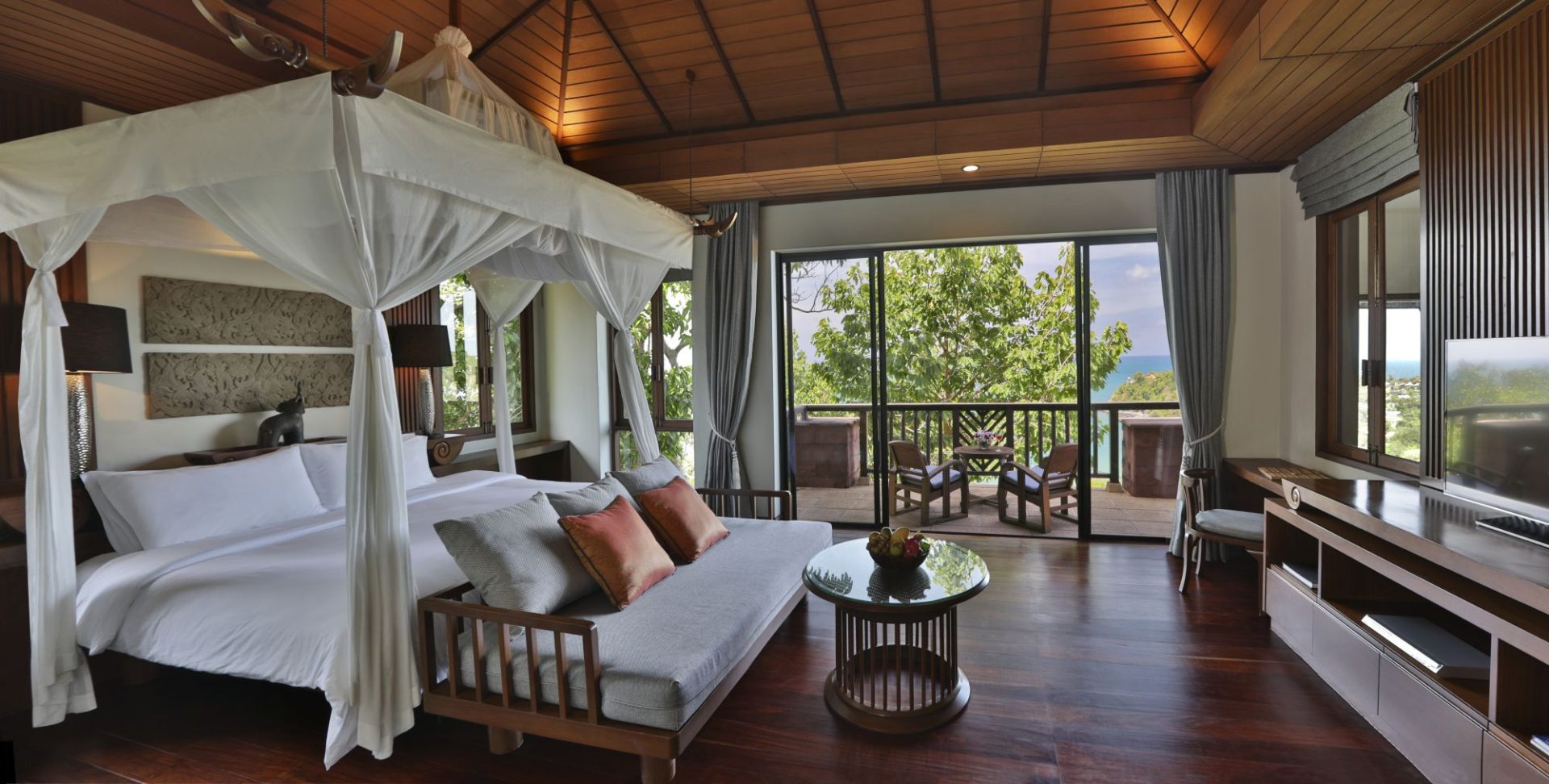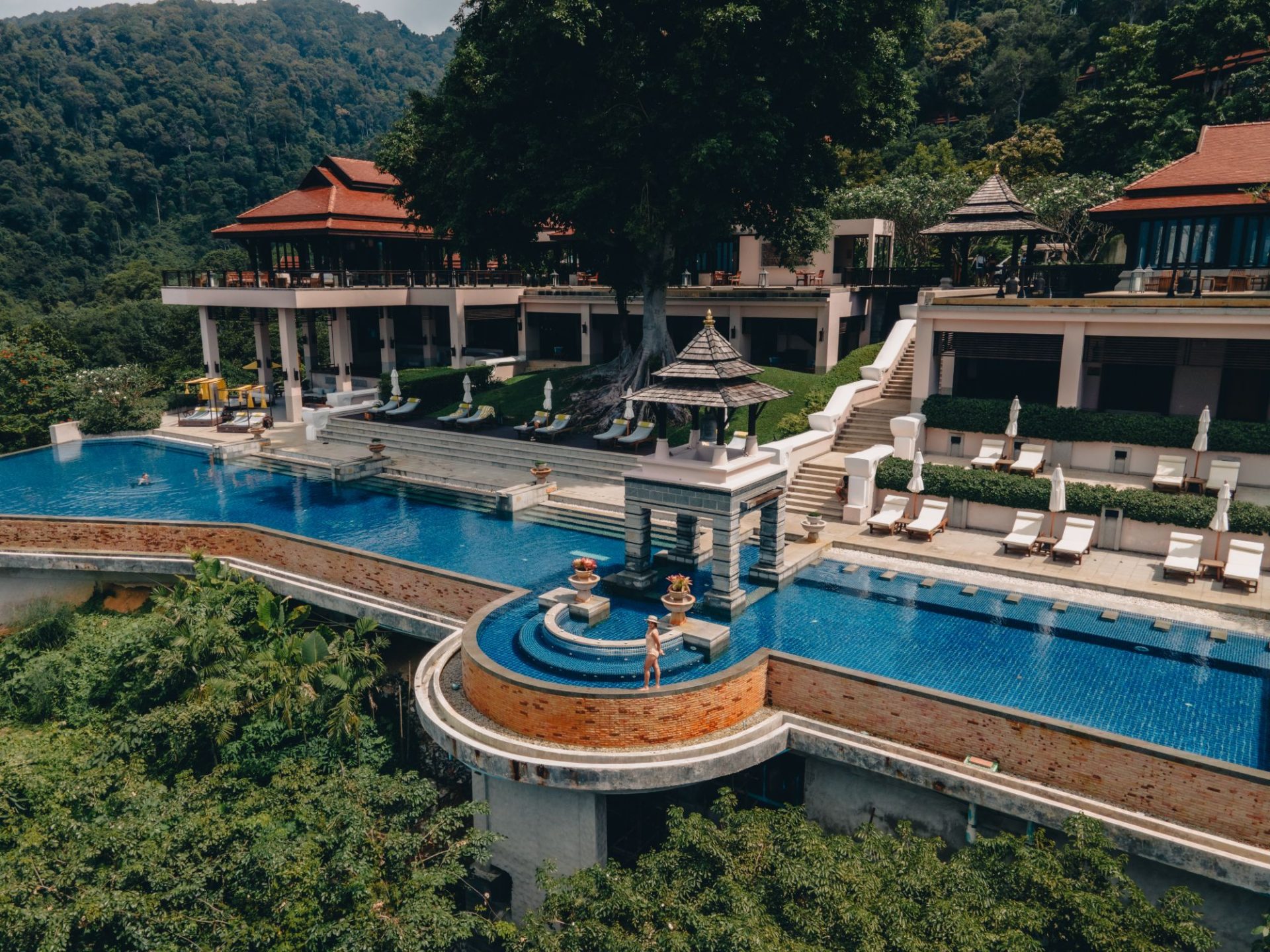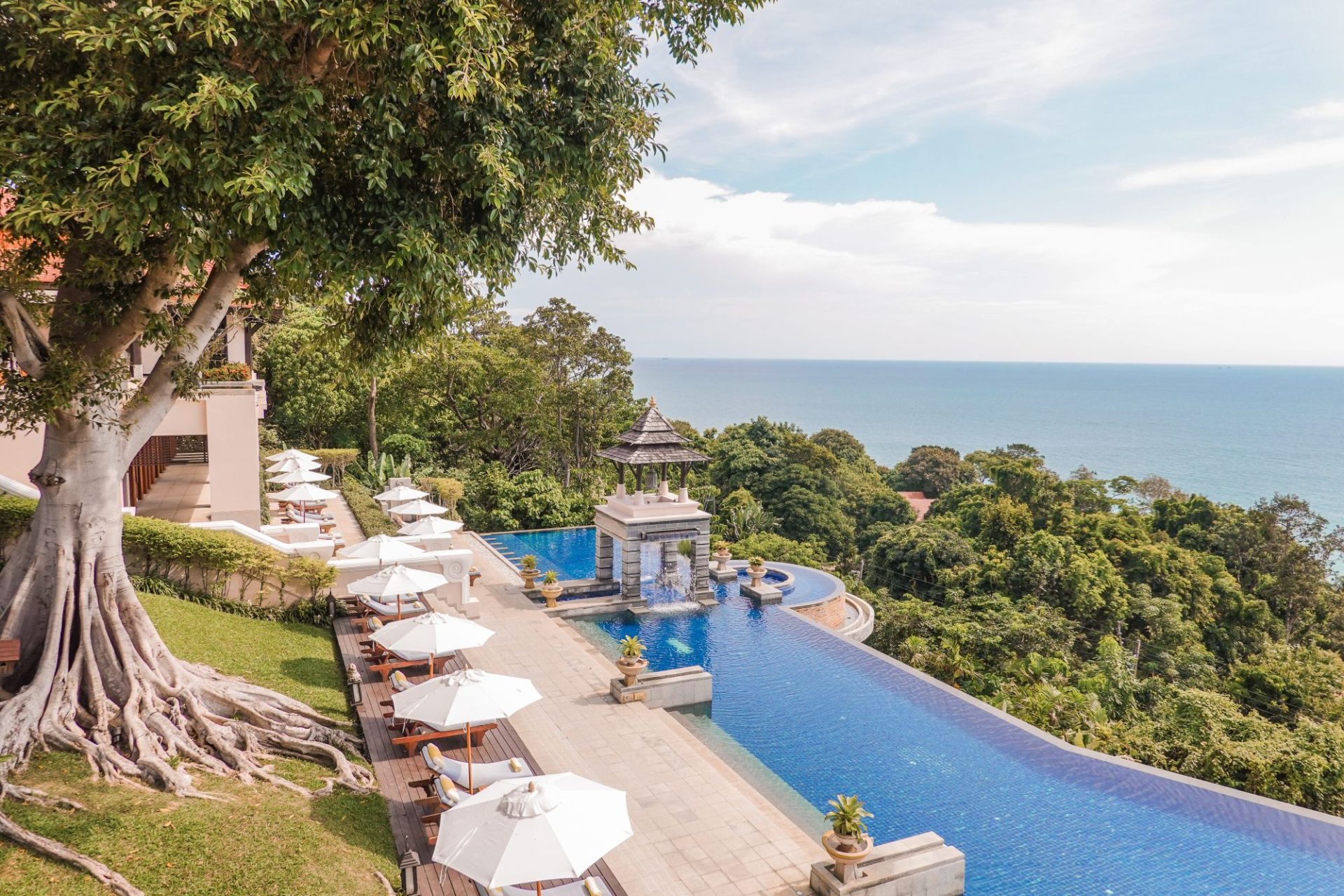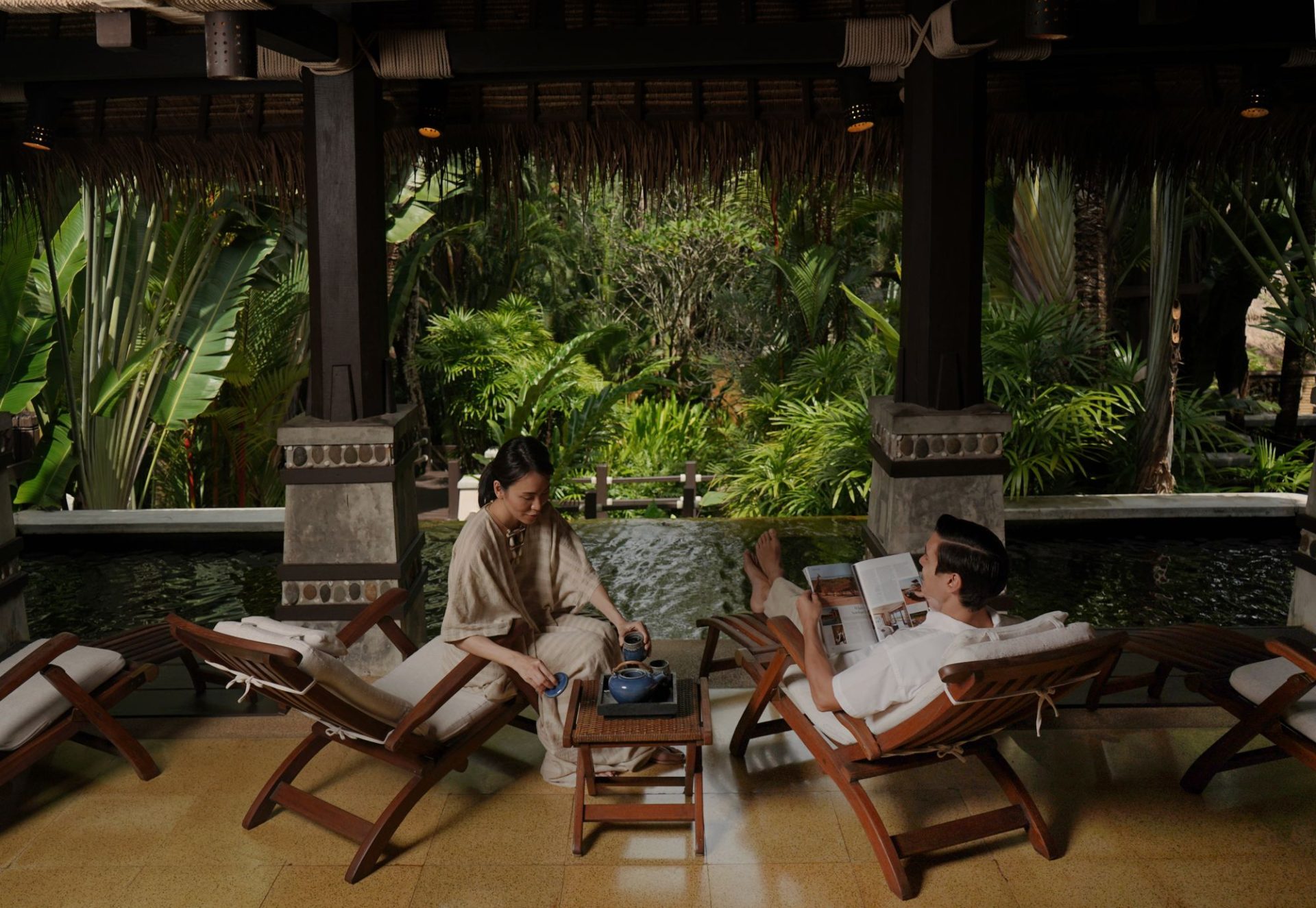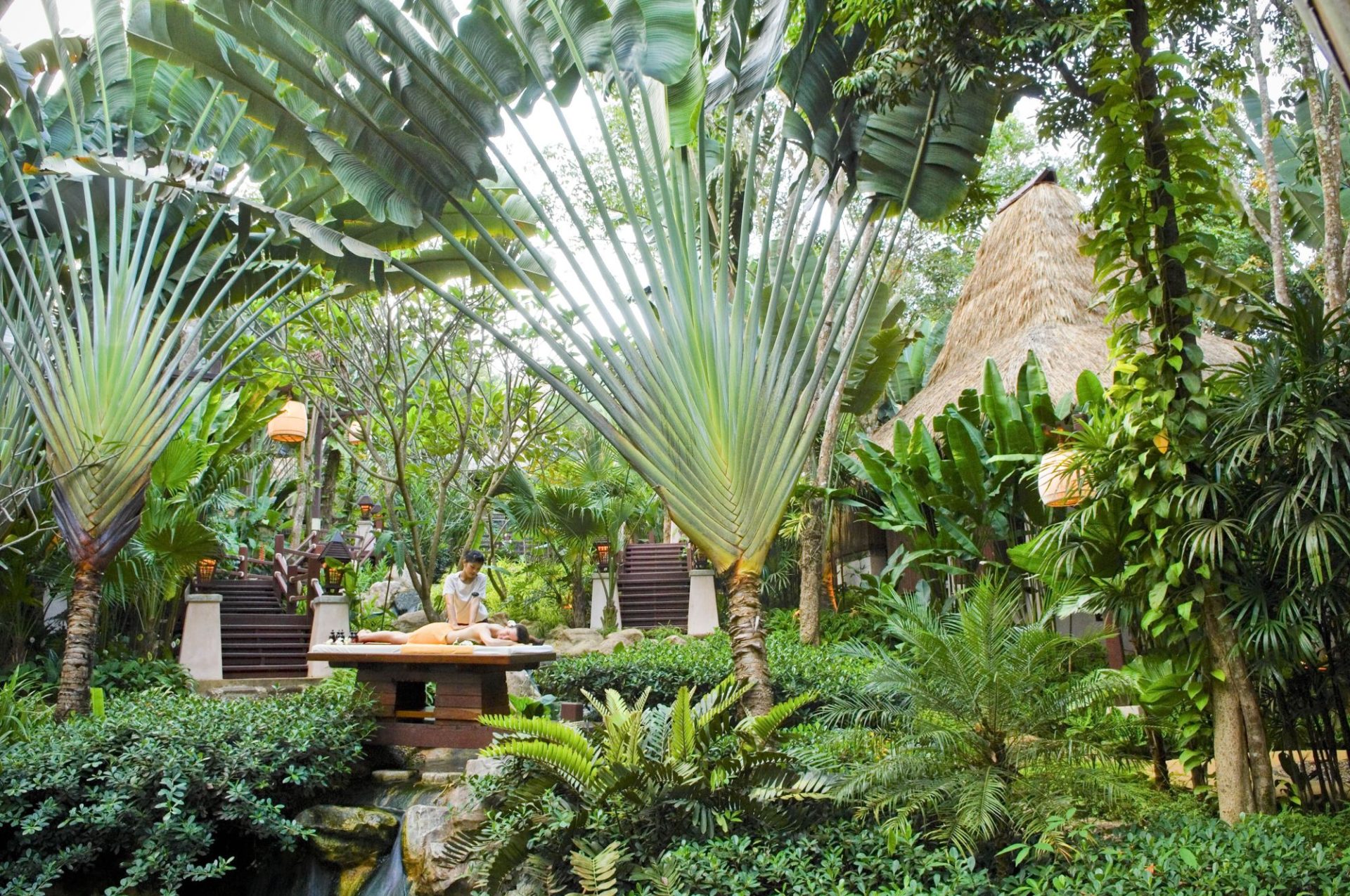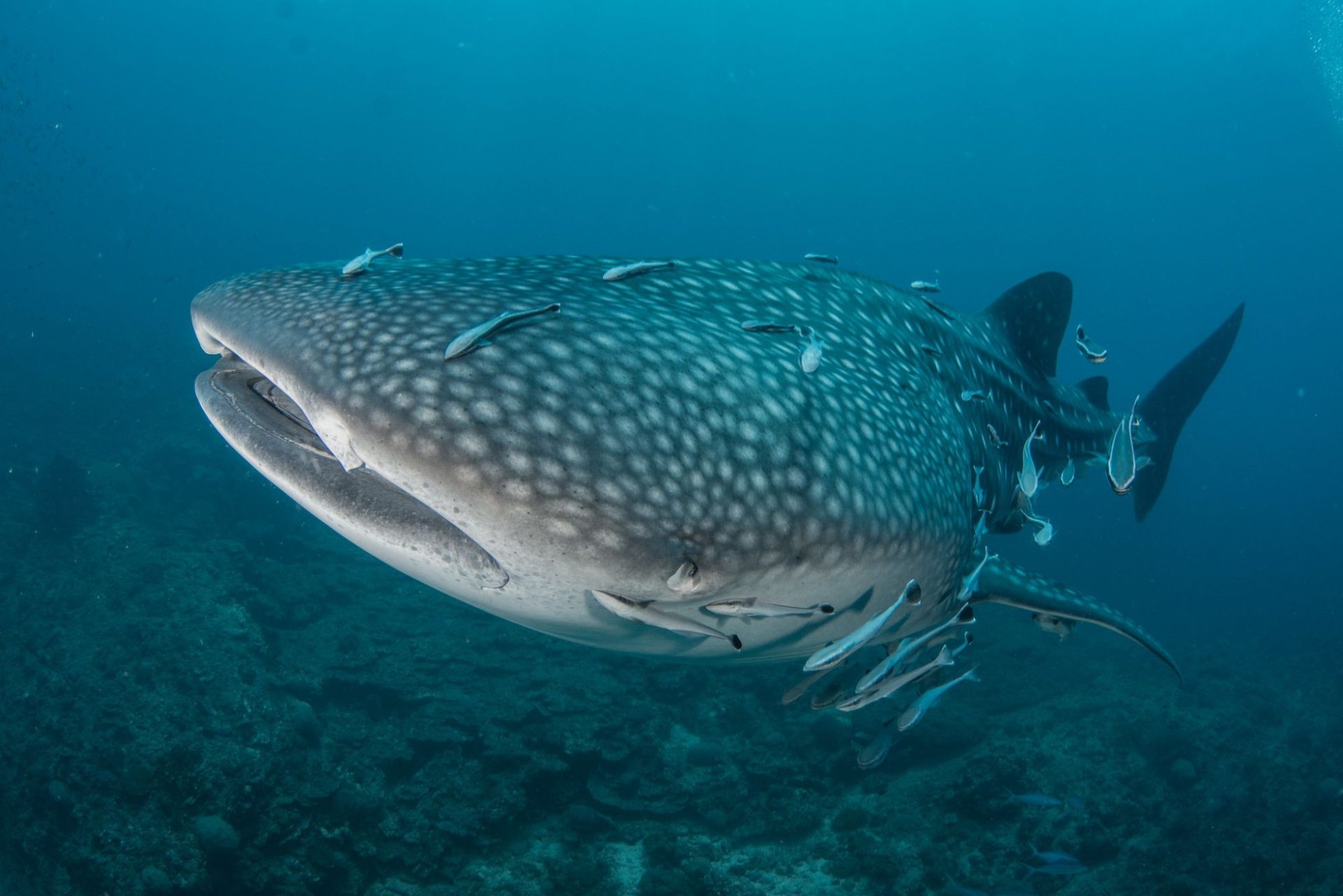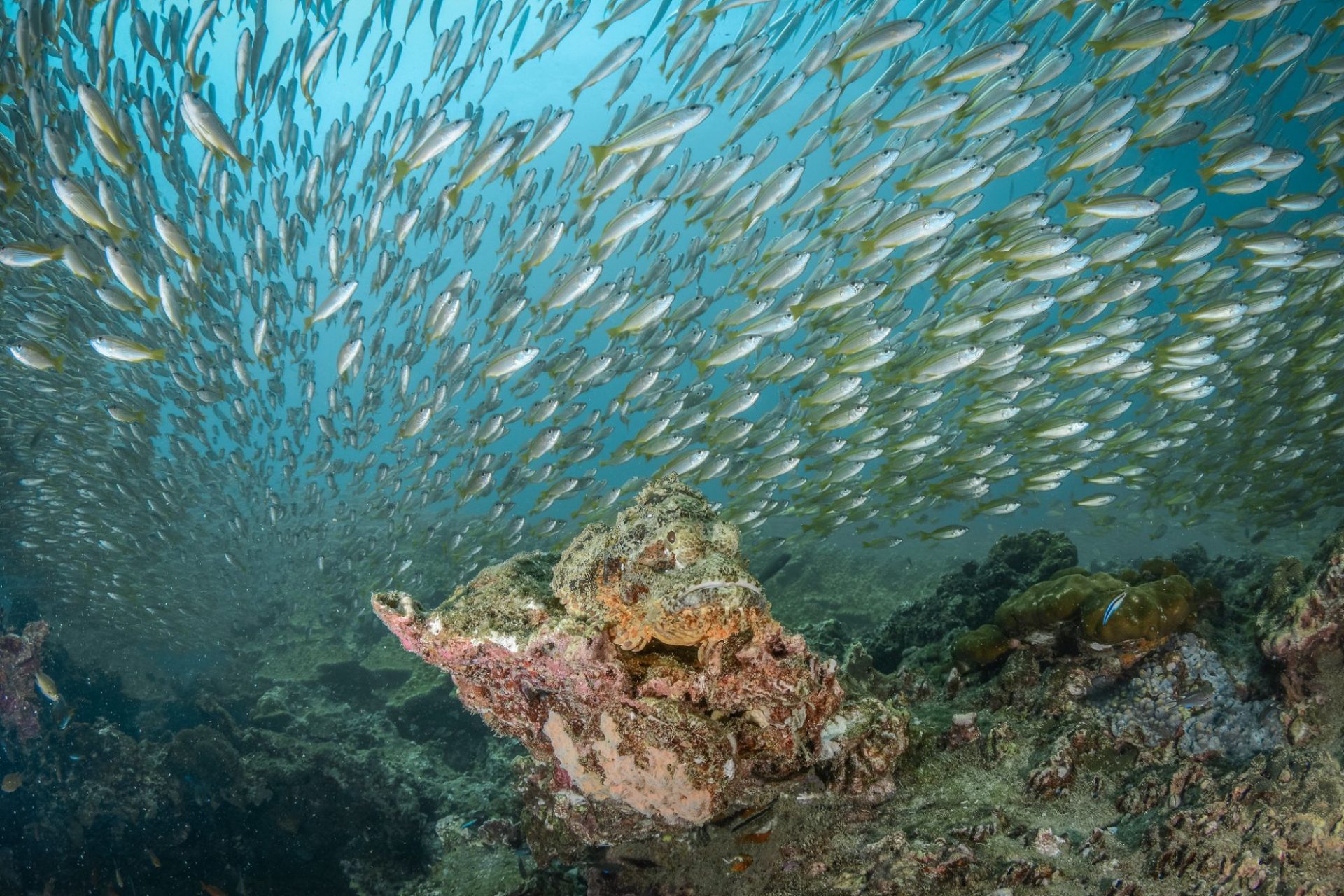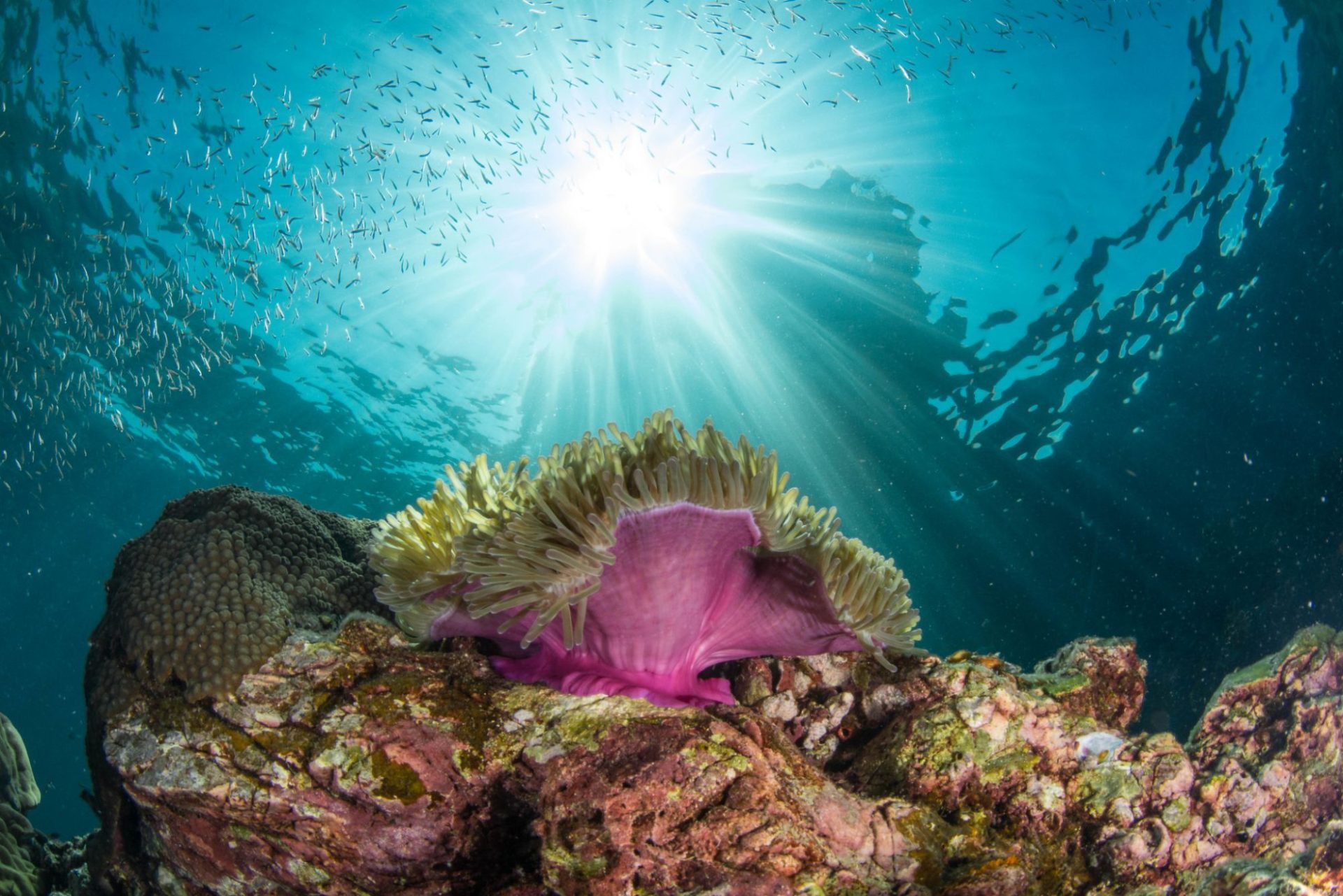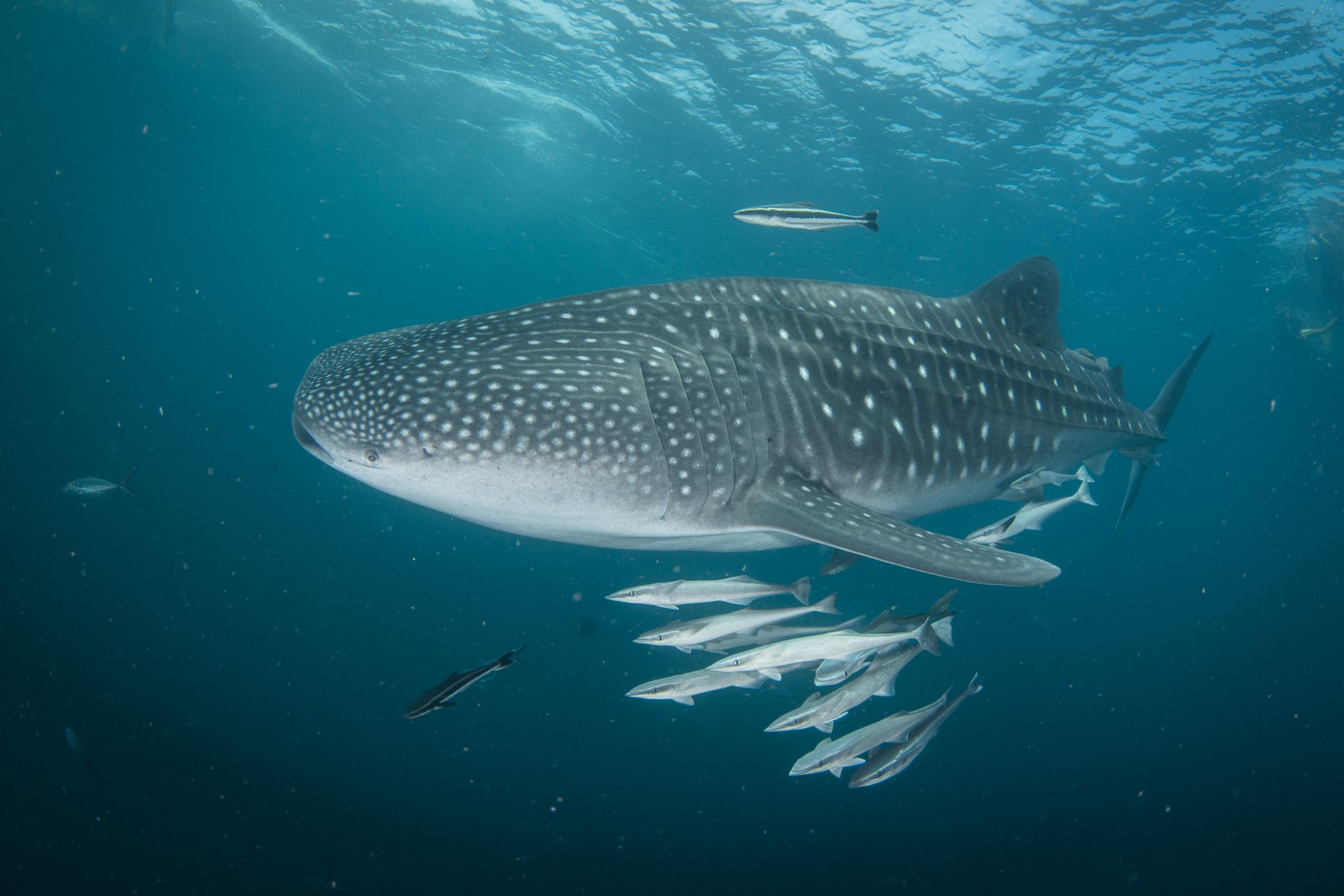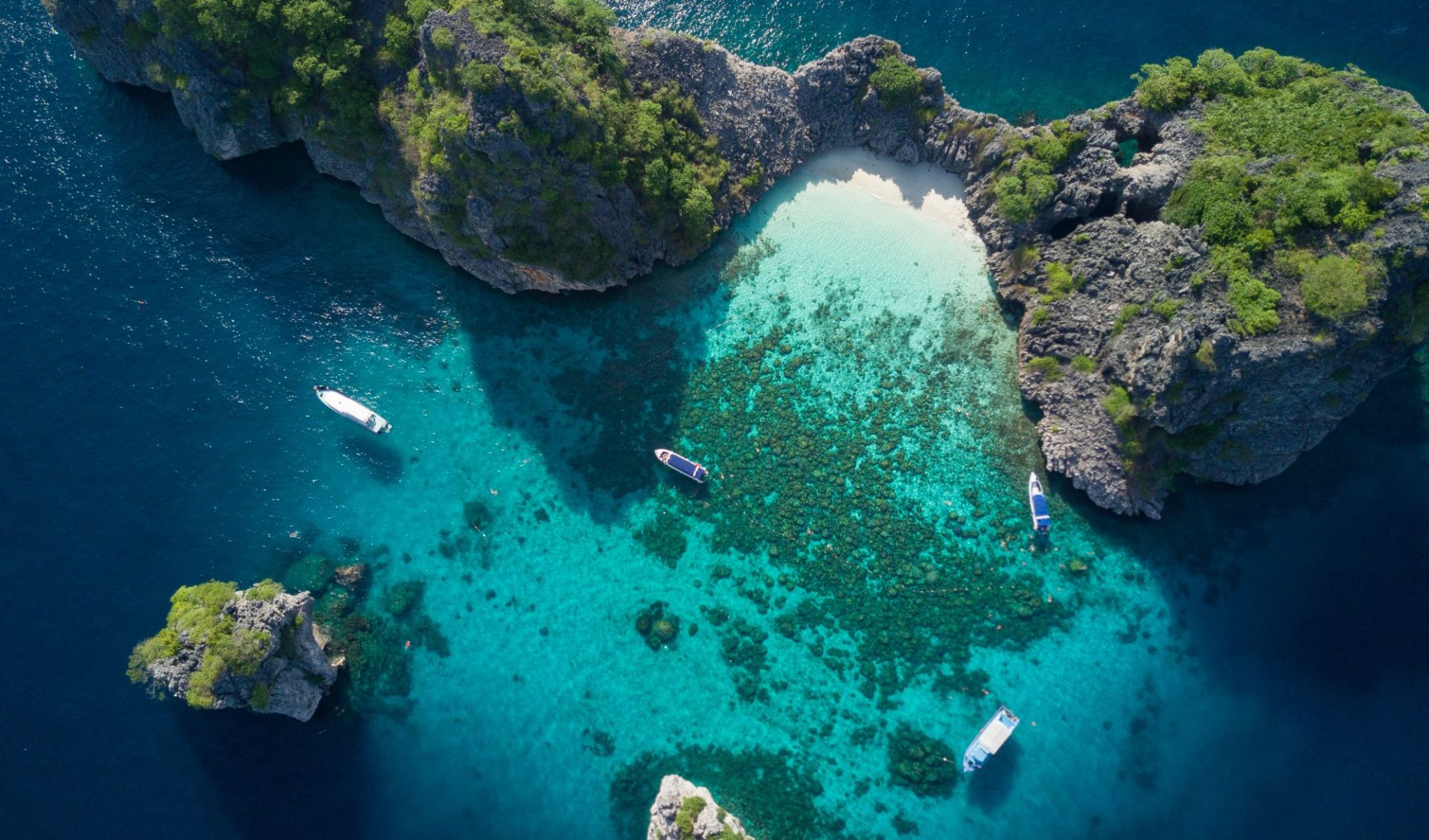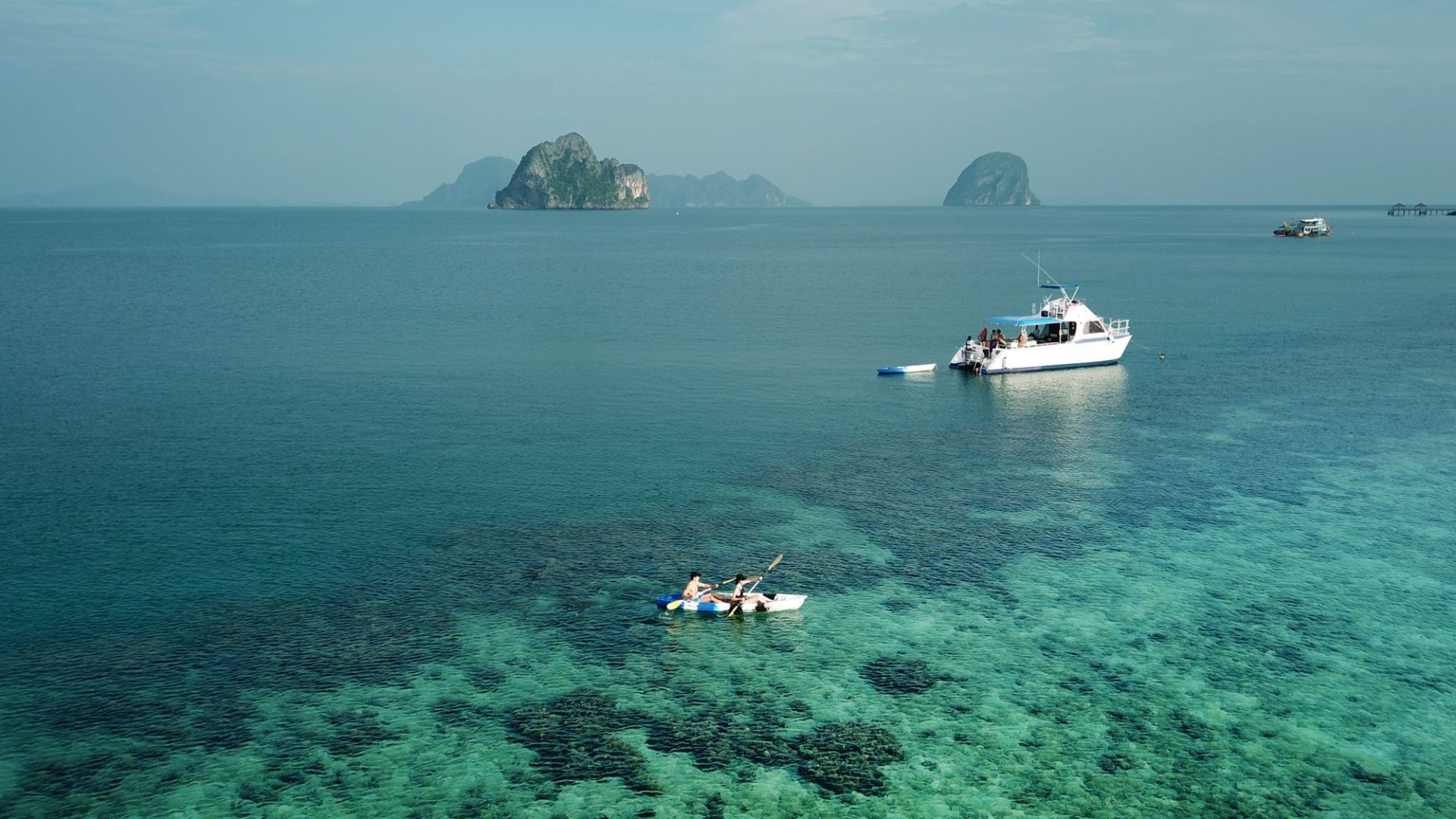Patch of heaven
Koh Lanta: a splash of luxury on Thailand’s Hideaway Island.
Written by Roderick Eime
Photography by Pimalai Resort & Spa
26 January 2023
Blissfully underdeveloped and with some of the best beaches in the region, the verdant island of Koh Lanta remains a haven for nature lovers and travellers. Travel journalist, Roderick Eime, sampled some of the island’s charm.
It all began more than 500 years ago when nomadic seafarers identified the idyllic island as a perfect base for maritime operations and long-term settlement. It wasn’t called Koh Lanta back then and the origin of the lush island’s modern name is still unknown.
The Chao Leh (‘people of the sea’, Moken or ‘sea gypsies’), are a seafaring Indo-Malay ethnic group who’ve been busy fishing and trading all along the western Malay Peninsula for a thousand years, long before modern political boundaries were drawn.
In fact, descendants of the sea gypsies can still be found on Koh Lanta at Sang Ga-U in the sheltered southeast corner of the island. Rather than aboard ‘houseboats’, today they live more permanently in stilt villages but still retain their age-old connection with the sea.
After the Chao Leh, it was Malay Muslim (locally ‘orang lonta’) migrants who arrived from the sea and mainland followed sometime in the late 19th century by the first of the Chinese traders.
Many more arrived after fleeing the political turmoil in China and throughout the 20th century their unique brand of commerce soon began to dominate Koh Lanta. This soon became a busy secondary maritime port and storm shelter for local vessels plying the trade routes between Phuket, Penang and Singapore. This brings us to the village formerly known as Sri Raya.
Koh Lanta Old Town
As commerce increased on Koh Lanta in the 20th century and particularly with the arrival of motor vehicles via a ferry service, the port activity moved to the northern end of the island at Ban Saladan. Ban Saladan remains the busy maritime centre today, leaving the former Sri Raya as the historic Old Town.
The township itself is as it has always been save that the traditional wooden storefronts are now repurposed as retail stores, cafes and budget accommodation. Once thronging with traders and their eager customers, now you’ll see young crowd-averse backpackers alongside the well-to-do, browsing the shops, sipping fruit smoothies or hanging out at one of the bars such as Mango House.
The 400-metre Old Town pier is a sturdy and substantial structure that you can drive or walk on and was once where traders would tie up their vessels. Today you’re more likely to see fishers trying their luck with a rod or handline, or cyclists stopping for a selfie. Ferries still stop here.
Diving Koh Lanta
The many small islands of the marine national park surrounding Koh Lanta offer some of the best scuba diving in Thailand. COVID thinned out the ranks of dive shops unfortunately, but Lanta Diver based in Saladan is now in full swing offering international PADI standard dive services to world-famous sites such as Hin Daeng, Hin Muang, Koh Haa, Koh Rok, as well as the Bida islands next to Phi Phi island.
I joined the team for a run out to Koh Haa, a bit of a bumpy two-hour ride, but the diving was worth the effort. After a lay-off of a couple of years, I returned to diving with some trepidation, but Koh Haa was a perfect site for a reintroduction dive as it is sheltered and calm even while the surrounding sea is rough.
Snorkelers and dive novices will also enjoy this site as there is plenty of sea life to observe. I’m told whale sharks are regular visitors to these waters, but not today sadly. Contact Julie for a full rundown of diving options.
Mangrove tours
In so many places around the world, much-maligned mangrove forests have been removed, the ‘useless swamp’ filled in and built on. But now we know better.
Mangrove forests are vitally important to marine ecosystems and here on Koh Lanta, at Thung Yee Peng, the forests are protected by law and maintained by the local Muslim community who conduct tours through ancient waterways making up the bottom half of Koh Lanta Noi, the northern and largely uninhabited island of the group that actually comprises 52 islands.
Here you can take a tour in a traditional sanpan or hire your own kayak. Just beware of the cunning macaques (monkeys) who have learned to swim to your boat and plunder your picnic basket! More here.
More to do on Koh Lanta
Until the bridge is built (which I hope it isn’t) traffic on Koh Lanta’s narrow roads is relatively mild and subdued, so it is a lot more approachable for those who want to conduct their own tour either by taxi or hired motorscooter.
There’s an oversupply of fabulous beaches to explore all along the western (ocean-facing) shore and those with a nautical bent can hire or charter a yacht to explore the islands at leisure. See Epic Charters.
Staying on Koh Lanta
Like most places in Thailand, you can find accommodation at every price point, but here on Koh Lanta, tucked away inside the jungle are some truly outstanding resorts.
We looked for luxury, pampering and great reviews and chose Pimalai Resort & Spa over the other highly rated resort, Layana, heavily promoted by Qantas Hotels. Both properties alternate in the TripAdvisor #1 spot with each garnering a swag of awards from every ranking system you can name.
Pimalai’s ‘World’s Top 1 percent Best Hotels’ by Tripadvisor’s “Traveller’s Choice 2022 – Best of the Best Awards” is a pretty compelling endorsement.
We were met at Krabi (KBV) airport by a dedicated shuttle and transported to the private pier where a sleek speedboat whisked our small group around the bottom of Koh Lanta to arrive at Pimalai from the ocean (western) side.
The story of Pimalai Resort & Spa began more than 40 years ago when the father of the current owner, Ms Charintip Tiyaphorn, was looking for a serene and peaceful location to build a small seaside villa for his retirement.
When Mr Anurat Tiyaphorn found Kantiang Beach, his dream of an isolated and beautiful location was realised, and things took off from there. The name Pimalai, is derived from ancient Sanskrit, meaning “a little patch of heaven”.
Years ahead of its time, Pimalai, immediately set a benchmark for ecologically sensitive development and used the 100 acres of lush native jungle to full advantage.
The initial 80 rooms have expanded to nearly double that with further expansion planned. The flagship Hillside Ocean View Pool Villas perched imperiously on the mountainside, with stunning views all the way to the distant horizon, ensure Pimalai remains at the top of the list of most desirable resorts not just in Thailand, but all of Southeast Asia.
Truly a destination resort, Pimalai has everything from beachfront bars and restaurants to clifftop luxury dining at Seven Seas, the signature and award-winning restaurant sitting 60 metres above sea level.
Pretty much anything that takes your fancy on Koh Lanta can be booked or arranged through the concierge at Pimalai.
Take your pick from land or sea excursions, scuba diving, Thai cooking classes, self-guided cycling or sumptuous spa treatments. The complimentary beach activities include kayaks, a Hobie Cat, paddleboards and windsurfers.




